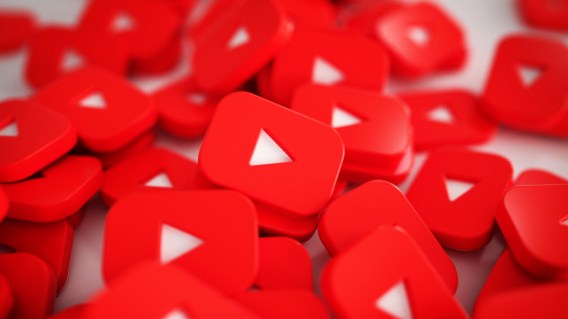Is Youtube making people hate ads – even more?
Advertising is suffering a likeability crisis, and many put it down to the decline of humour in ads. While the decline is real — a Kantar study found a constant reduction in funny commercials over the past 25 years — some observers believe the level of Youtube advertising is also to blame.

Youtube's ad load appears to be increasing
Richard Shotton, author of behavioural science books The Choice Factory and Hacking The Human Mind published an article this week about advertising’s “likeability crisis.” In it, he posits that over the last 20 years advertising has become less likeable.
He uses three data sets to illustrate his point, including a long-term study by the UK’s Advertising Association that shows the British public’s attitude towards advertising has soured since the early 1990s, from 50% favourability in 1994 to just 25% in 2018.
In 2022, just one-third of advertising shown in North America was light-hearted, with only 10% considered “funny”. This is according to the aforementioned Kantar study. That same year, just 10% of Cannes Lions Grand Prix and Gold winners were humorous ads.


I’ve been saying this for years!!!
YouTube’s latest non-skippable 60′ add will “allow for greater story telling……” is such f**king bullsh*t hahah
Viewers legitimately do not care in the slightest. Any brand who takes up this format at scale will generate negative sentiment amongst its customers and it will have an adverse effect.
Sometimes when I’m listening to these big shots’ advertisers speak, I’m truly astounded at how out of touch they really are with the everyday punter/customer. Too much corporate cool aid.
It’s not just the frequency, it’s the repetitiveness. There must be thousands of ads I could be targeted with based on my demographics, so why am I getting the same half dozen over and over and OVER again? To make the watching experience unbearable. And you can bet I have developed a deep loathing of whatever brands I’m being subjected to in that way.
Whenever YouTube blasts me with a 60s ad break I just exit the video and restart. Eventually it gets the message and just skips the ads.
Can’t remember the last time I could skip the 5 ads in a row I see on CTV…
I have had 4 separate ad breaks in the first 2 minutes of watching a 10 minute video. All 15s, and it was all the same advertiser and creative every time, non-skippable. It’s like advertisers are spending money with the outcome being people hating their brand, rather than convincing us to like them.